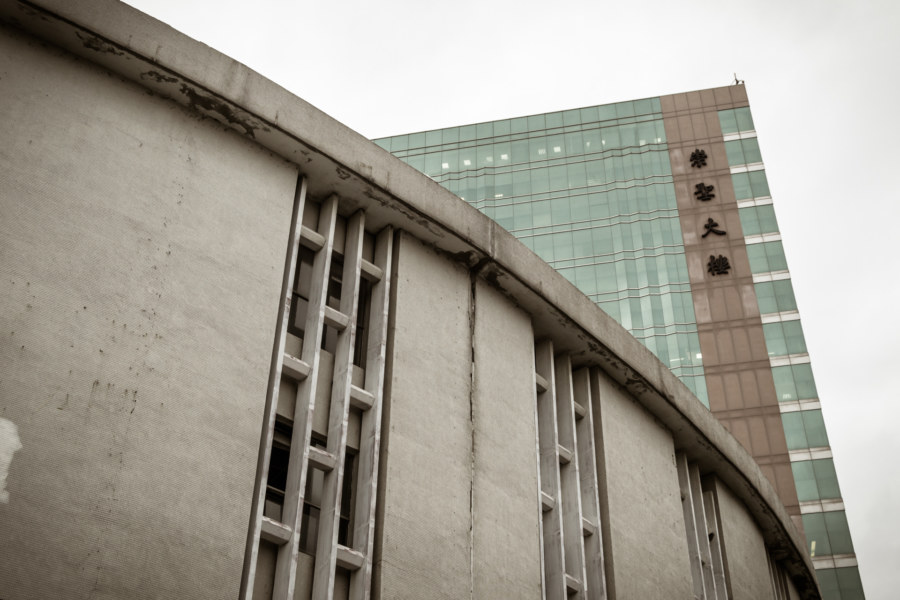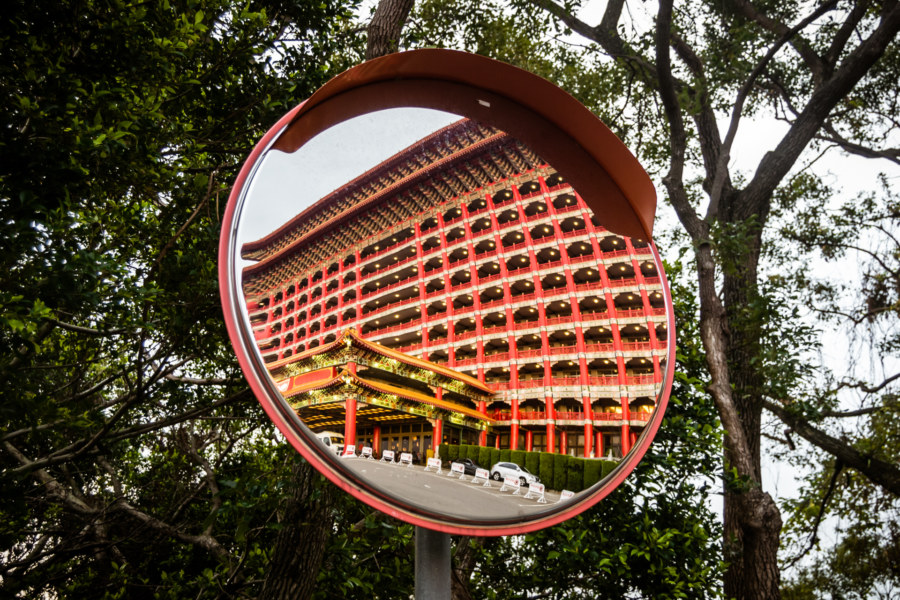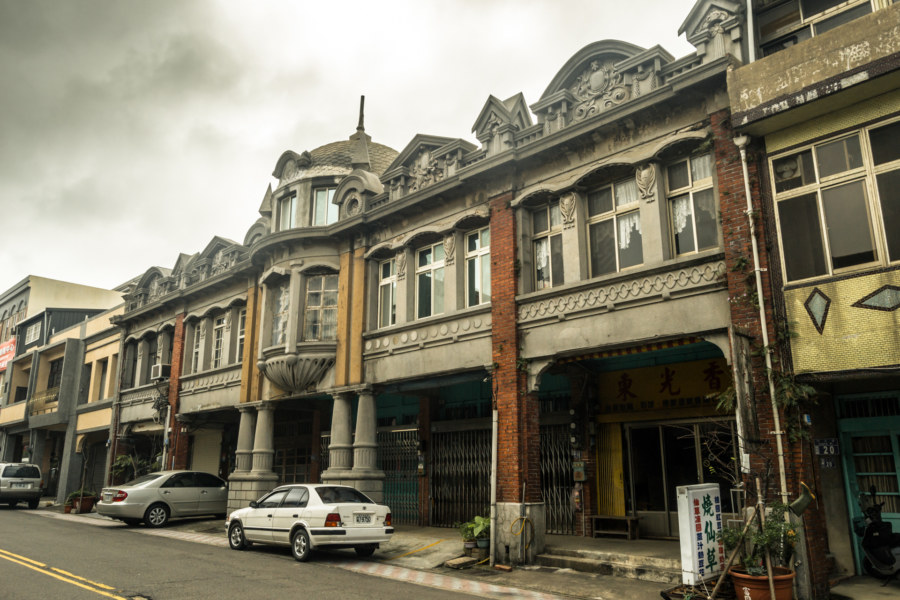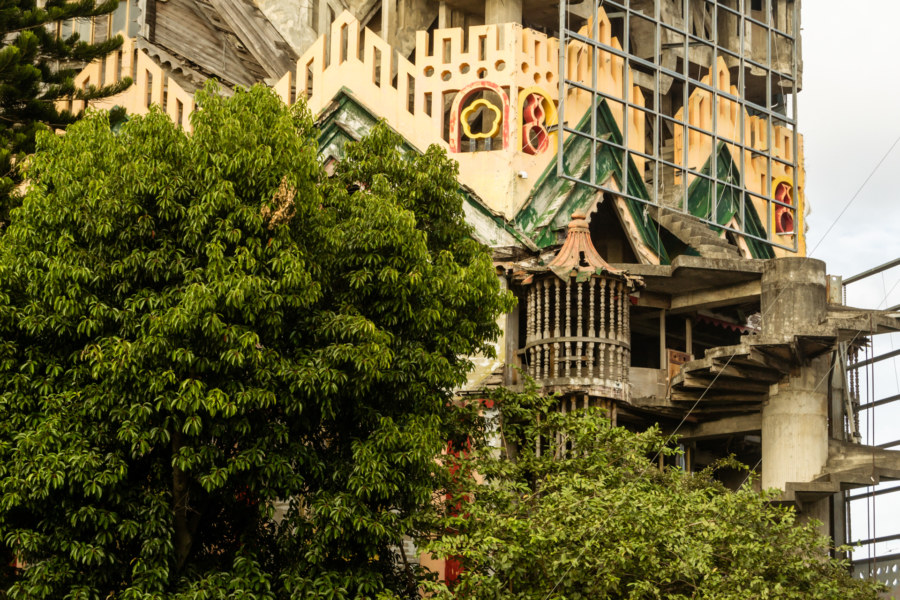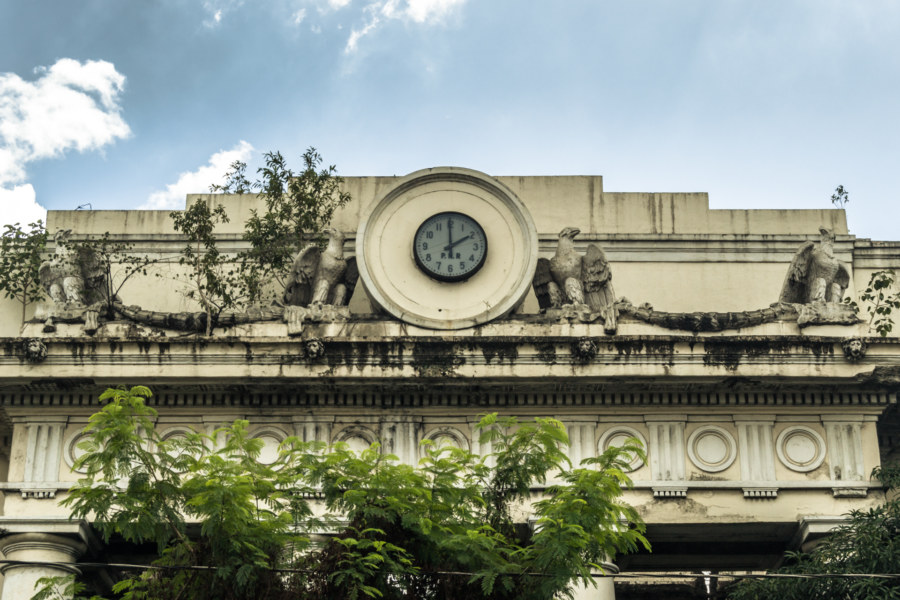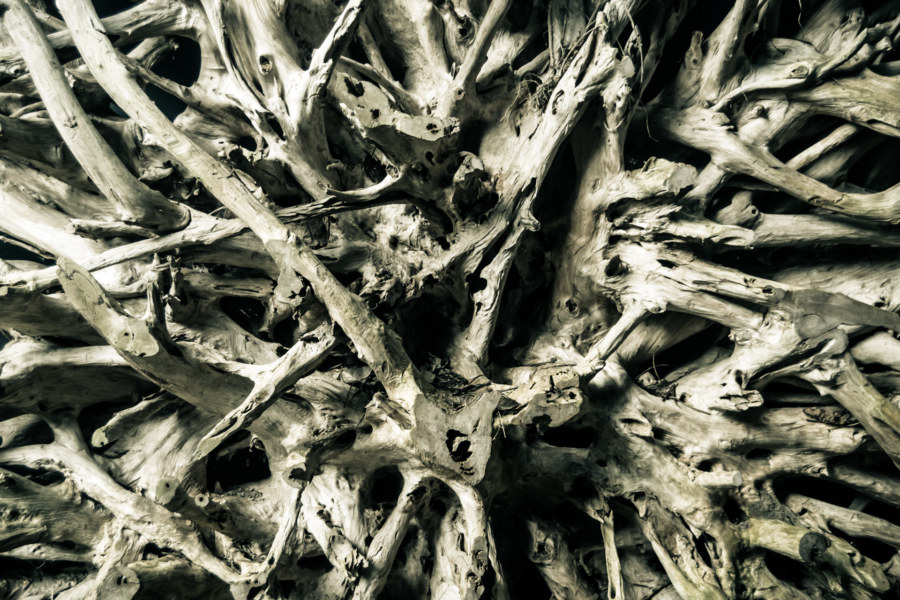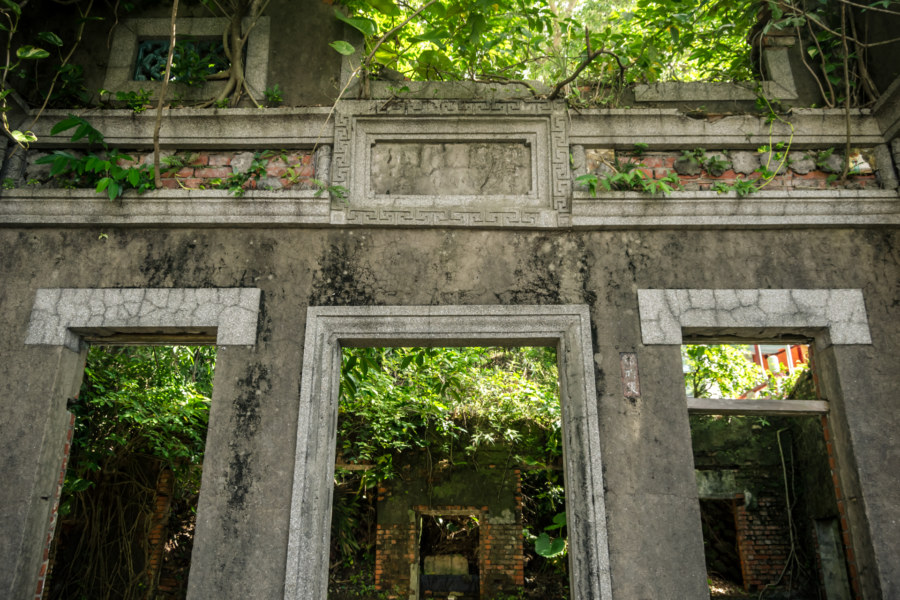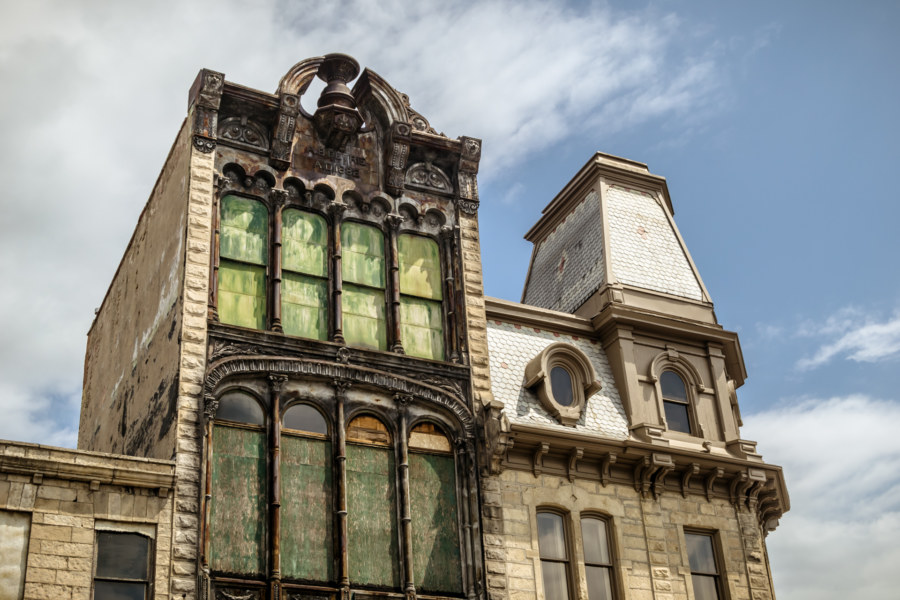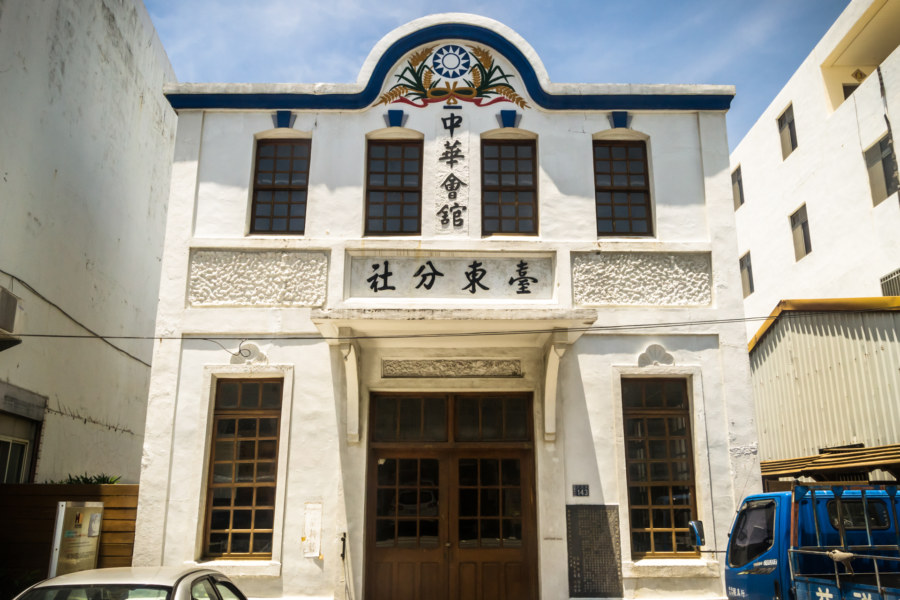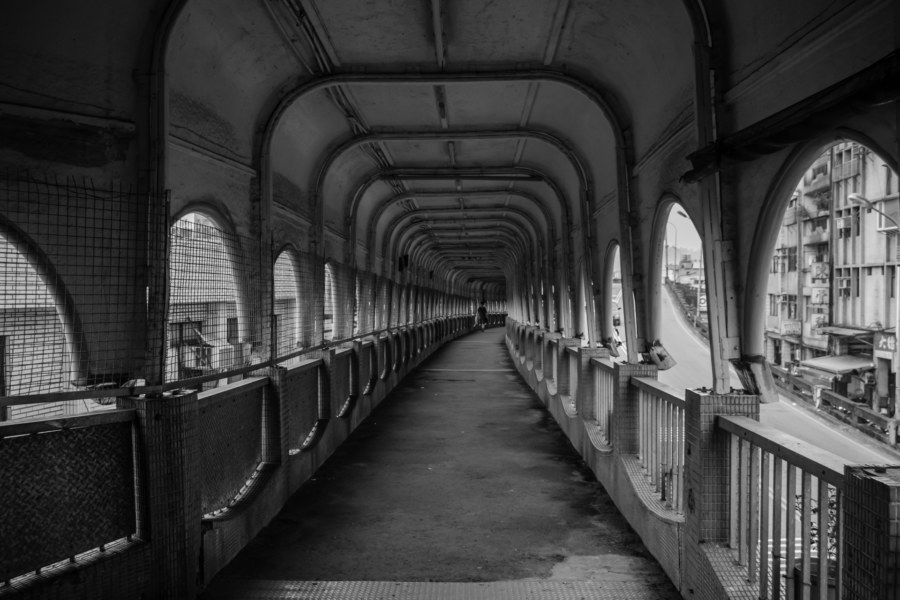One of the more peculiar ruins I’ve seen in Taiwan was a building immediately across from the Control Yuan (監察院), one of the five branches of government, on Zhōngxiào West Road (忠孝西路). It was inaugurated as the second home of the Taipei City Council (台北市議會) in 1964 after moving from nearby Zhongshan Hall (中山堂). In 1990 the city council relocated to its present base in Xinyi and the building was converted into a police station before being completely abandoned in 2007. Despite this the building continued to be known as the Second Taipei City Council Building (第二台北市議會大廈).
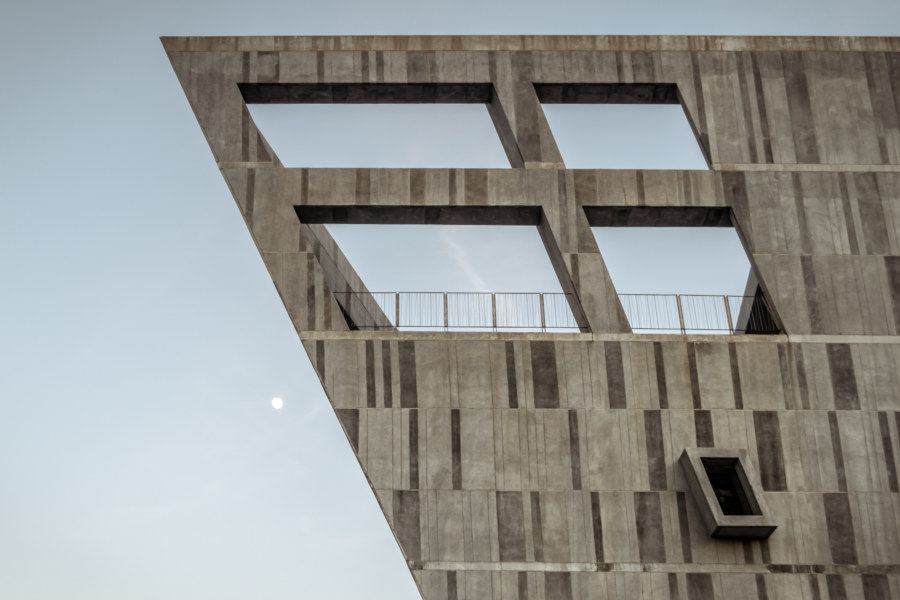
This section features anything to do with architecture, particularly in urban spaces. See also: buildings and urbex.
Subterms
Taipei Grand Hotel 圓山大飯店
Yesterday’s impromptu ride around the riverside bikeway network delivered me to the palatial Grand Hotel (Yuánshān Dàfàndiàn 圓山大飯店), a famous landmark in Zhongshan, Taipei. Located on a hilltop overlooking a bend of the Keelung River (基隆河), it was established in 1952 at the behest of generalissimo Chiang Kai-shek to provide the ruling elite with a luxurious place to host and entertain foreign dignitaries. The distinctive building seen in these photos was completed in 1973 and was the tallest building in the Free Area of the Republic of China until 1981.
Fugang Old Street 富岡老街
Fùgāng Old Street 富岡老街 is an obscure anachronism in the western part of Taoyuan, Taiwan. It extends from a railway station that opened during the Japanese colonial era in 1929 through the heart of this small Hakka town. The coming of the railroad brought prosperity to the area and several ornate shophouses were built around the station in a mishmash of architectural styles common at the time. Nowadays it is just another street in rural Taiwan, albeit one with a little more history than most, possibly because it is too unimportant a place for modernization to have swept away these vestiges of the past.
Longtan Monster House 龍潭怪怪屋
Longtan Monster House (龍潭怪怪屋) is a notorious architectural oddity on the northern edge of Longtan in Taoyuan, Taiwan. In Chinese it is also known as Yè Fābāo’s Monster House (葉發苞怪屋), after its owner and lead designer, and is officially named the Yeshan Building (葉山樓). It has been under construction for decades but at some point the money ran out and the owner has plastered it with advertisements, ostensibly to raise money to complete the project. Nowadays there is little to see beneath the incredible number of promotional banners hanging off the side of the building.
Paco Railway Station
Paco Railway Station was built in Paco, Manila, in 1915 during the American colonial period. Designed by William E. Parsons, an American architect mainly known for his work in the Philippines, it remained in service until the mid-1990s when it was partly demolished by a developer intent on building a mall next door. The ruins of that project, never completed, can still be found next to the old station, spreading decay like a cancer through this part of the city.
In the Realm of Primitive Senses
Sunday afternoon in the mountains of Shilin, not far from Yangmingshan, about 200 people gathered for The Forester’s Party (牧神的遊戲) at Siu Siu (少少原始感覺研究室), a lab of primitive senses built on a steep south-facing slope. The aesthetics of the space: slate grey walls, wooden planks underfoot on the dance floor, a round black mesh canopy overhead screening the forest without impeding the flow of fresh mountain air. Clean, modern, minimal, but also rustic—an exceedingly comfortable combination of form and function. The finest in dub techno wafting out of the speakers, one particular song selected by Al Burro capturing the mood of the afternoon with perfect ease, Nthng’s 1996.…
Khoo Tsu-song Old House 許梓桑古厝
Khóo Tsú-song Old House 許梓桑古厝 is a scenic historic site atop a modest hill near Miaokou Night Market 廟口夜市 in Keelung. Built in 1931 while Taiwan was under Japanese rule, it is structured somewhat like a traditional Taiwanese three-sided courtyard home with some Western influences and building materials. Formally named Qìngyú Hall 慶餘堂, it was the residence of Khóo Tsú-song (1874–1945), an important figure in local politics and civic affairs during the Japanese colonial era. His name is rendered here in romanized Taiwanese Hokkien, in keeping with the conventions adopted by the Keelung cultural bureau.
Impressions of Historic Guelph
Taitung Chinese Association 台東中華會館
The historic Chinese Association on Zhongzheng Road in Taitung City.
It never ceases to amaze me what can be learned from keenly observing the streets of Taiwan and following up with a little research online. I only spent one full day in Taitung City at the tail end of a bicycle trip down south this June but managed to chance across a number of interesting sights in that time, this historic building among them.
Located at 143 Zhongzheng Road 中正路, this is the Taitung Branch 台東分社 of the Chinese Association 中華會館, originally built in 1927 while Taiwan was under Japanese rule. A plaque out front features historic information in English (shocking in this part of the country) as well as a direct translation of the name, “Taitung Chunghua Hostel”, but it was more of a clubhouse or assembly hall, not a place to secure lodging for the night. Interestingly, the proper Chinese name is the same one used by the Chinese Consolidated Benevolent Association of America. Have a look at the photos…
An Iconic Pedestrian Bridge in Keelung
It’s grim up north. But that same darkness keeps me coming back to Keelung, Taiwan’s most important northern port, to explore its dense, multi-layered urban core. Pictured here is a long pedestrian overpass that snakes around and over the railway station for about 200 meters. It is visible on Google’s satellite view, running the length of Keelung’s Zhongshan Bridge 基隆中山陸橋 (also known as the Keelung Train Station Bridge 基隆火車站陸橋). After posting this photo on Flickr a visitor pointed out that this is the same pedestrian bridge featured in Millennium Mambo 千禧曼波 (watch the introduction on YouTube and you’ll see it). I was going to post it anyway but this adds another layer of meaning to this obscure work of urban psychogeography.
